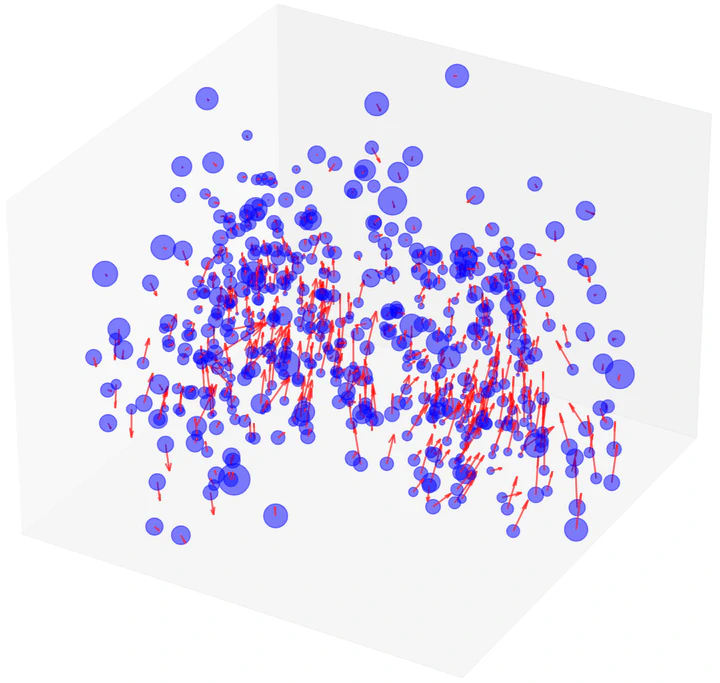Gaussian Representation for Deformable Image Registration
 Image credit: Unsplash
Image credit: UnsplashAbstract
Deformable image registration (DIR) is a fundamental task in radiotherapy, with existing methods often struggling to balance computational efficiency, registration accuracy, and speed effectively. We introduce a novel DIR approach employing parametric 3D Gaussian control points achieving a better tradeoff. It provides an explicit and flexible representation for spatial deformation fields between 3D volumetric medical images, producing a displacement vector field (DVF) across all volumetric positions. The movement of individual voxels is derived using linear blend skinning (LBS) through localized interpolation of transformations associated with neighboring Gaussians. This interpolation strategy not only simplifies the determination of voxel motions but also acts as an effective regularization technique. Our approach incorporates a unified optimization process through backpropagation, enabling iterative learning of both the parameters of the 3D Gaussians and their transformations. Additionally, the density of Gaussians is adjusted adaptively during the learning phase to accommodate varying degrees of motion complexity. We validated our approach on the 4D-CT lung DIR-Lab and cardiac ACDC datasets, achieving an average target registration error (TRE) of 1.06 mm within a muchimproved processing time of 2.43 seconds for the DIR-Lab dataset over existing methods, demonstrating significant advancements in both accuracy and efficiency.
Add the publication’s full text or supplementary notes here. You can use rich formatting such as including code, math, and images.